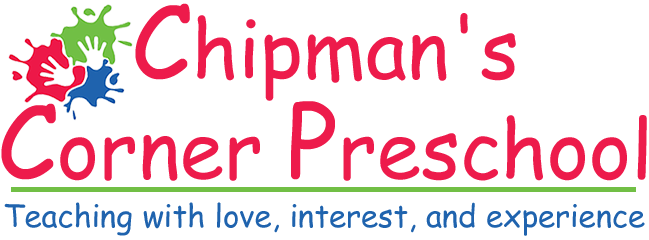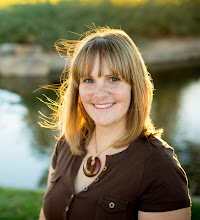Here is a quick way to teach about the spread of germs and a song to teach children while washing their hands.
Have one child come up to the front and put glitter on their hands. Talk about what germs are and how we can spread them. Explain that we are going to pretend the glitter is germs on their hand. Have the child with glitter on their hands shake hands with someone else. Observe how the glitter gets passed to another person. Have that person shake hands with the next person, etc. Explain how important hand washing is to prevent the spread of germs.
Hand Washing Song
(Sung to the tune of Are You Sleeping?)
Have students practice washing hands and doing the motion while they sing. Over is on top of the hand, under is washing the palm, in between is washing in between fingers. Make sure not to sing it too fast!
Over, under, over, under
In between, in between.
Over, under, over, under
Now we're clean, now we're clean.
Repeat.








